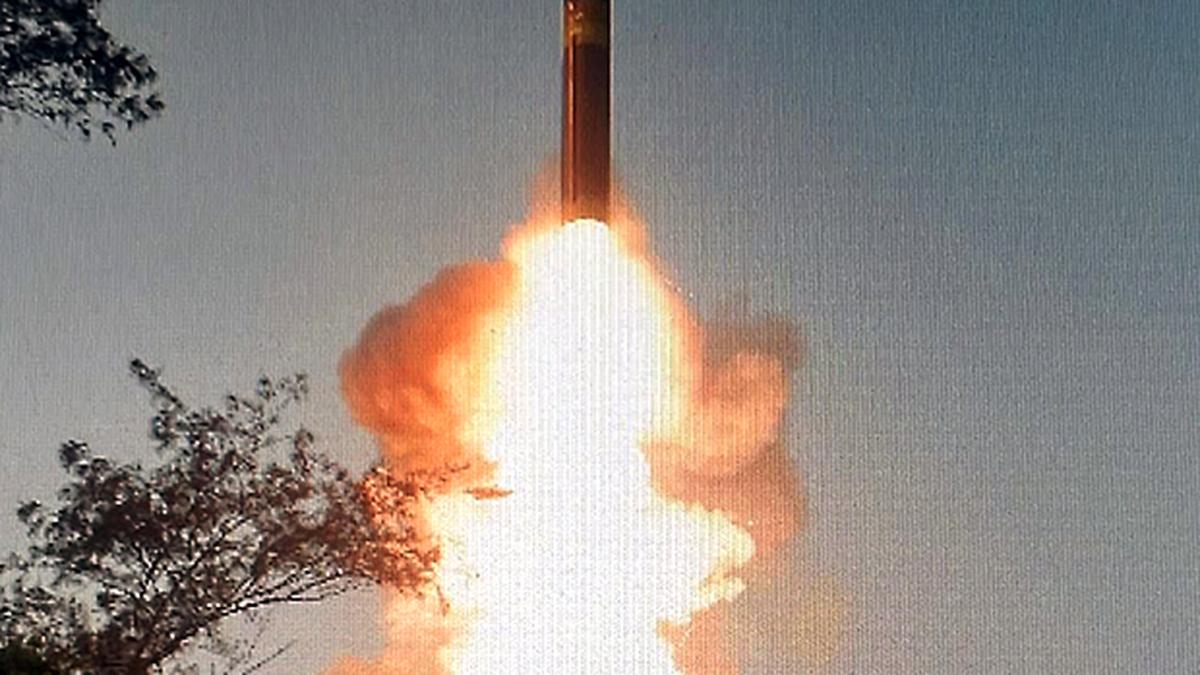Now Reading: Kerala Health Department Refutes Claims of Delay in Amoebic Meningoencephalitis Response
-
01
Kerala Health Department Refutes Claims of Delay in Amoebic Meningoencephalitis Response
Kerala Health Department Refutes Claims of Delay in Amoebic Meningoencephalitis Response

Speedy Summary
- The Health Department clarified there is no delay in diagnosing amoebic meningoencephalitis in Kerala; treatment begins once a presumptive diagnosis is made at Kozhikode medical College Hospital.
- Cerebrospinal fluid samples are sent to the State Public Health Lab for confirmatory diagnosis and identifying the amoeba species, but this process does not affect treatment initiation.
- Water testing for amoeba may involve repeat tests and culture processes, which can take more time.
- Only five laboratories nationwide have facilities for molecular diagnosis (PCR) of amoebic encephalitis, and most can identify only three species of pathogenic free-living amoeba.
- Since June, kerala’s State Public Health Laboratory has developed molecular diagnostic capabilities to identify five common toxic species: Naegleria fowleri, Acanthamoeba spp.,Vermamoeba vermiformis,Balamuthia mandrillaris,and Paravahlkampfia francinae.
- over 400 free-living amoeba species exist globally; only six are documented as pathogenic to humans. Kerala’s lab now identifies five of these at a local level without relying on external labs such as PGI Chandigarh.
- Following regular reports of cases since June, Kerala directed testing all acute encephalitis syndrome samples for signs of amoebic encephalitis.This proactive approach has reduced mortality rates.
Indian opinion Analysis
The development of advanced molecular diagnostic facilities within Kerala reflects significant progress toward combating rare but fatal diseases like amoebic meningoencephalitis. Previously reliant on laboratories outside the state for confirmatory diagnoses-leading potentially to logistical delays-the state now possesses autonomous capacity to identify key harmful organisms effectively and promptly.
This localized capability appears critical given rising case detections resulting from proactive health directives that mandate comprehensive testing for acute encephalitis syndromes. However, challenges persist: water sample tests require rigorous repeat analyses that may delay preventive measures against environmental sources.
Kerala’s focus on expanding its diagnostic infrastructure is pragmatic given the rarity but lethality associated with pathogenic free-living amoebae-a problem compounded by limited national laboratory availability (five labs in total). By reducing dependency on external facilities while addressing mortality rates through swifter intervention post-diagnosis-key public health goals seem aligned with targeted outcomes benefiting its population.
For further reading: Click here
























